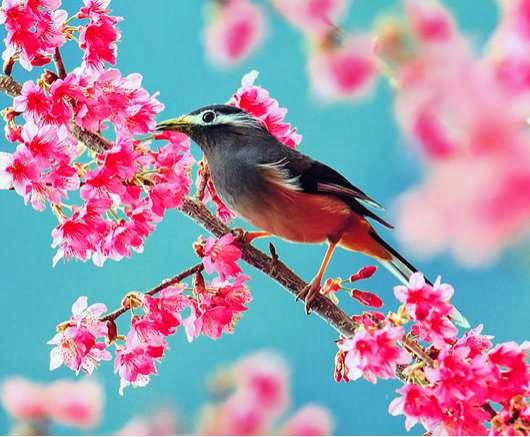Once digital cameras took over from film, color
became complicated, yet flexible in photography. With a single camera, you can
add color, make it warmer, make it colder, make it vivid, or make it subtle.
Digital cameras sold today offer an incredible flexibility to photographer,
whether a beginner or professional. No more using color correction filters in
different lighting scenes to counterbalance unwanted color shifts, or carrying
two or even more cameras filled with different film stocks.
What’s more, you can add an extra dimension by
using digital camera. It offers a flexibility to alter colors of images you’ve
taken in a matter of seconds.
Saturation in Natural
Light Scene
Most of digital camera is equipped with the
auto white balance control. It’s a feature that allows you to make a result as
close-to-neutral as possible. Although this feature can automatically adjust the
setting in different light conditions or temperatures, it isn’t always what you
need. For instance, landscape shot commonly maintained the color of natural
light, which make it more interested.
The Ideas of Color and
Digital Imaging
There are various techniques of digital
photography that unfamiliar from film photography. Some ideas are formed by any
discussion of digitalized, and one of them is the emergence of term ‘color
spaces’. It defines the colors a digital camera or computer monitor or a
scanner, printer can produce.
Most desktop printers and digital cameras have
the ‘sRGB’ color space, which make the particular device can handle a wide
enough range of colors.
Individual scanners, printers, and cameras may also
use what’s called ‘color profiles’. This defines how these devices can
reproduce or handle color. If you want to use software’s color management
system, you have to know about the colors profiles of digital devices you use.
So you can produce consistent color with different digital imaging services.
What is Color
Temperature?
One of the important photography rules is
learning the color temperature. In short, color temperature is a measurement
method of describing individual color in each light source, usually varies from
blue to red. It’s scientifically measured in degrees Kelvin. Color temperature
can vary in different lighting, either cold (over 7000 degrees Kelvin) and warm
(around the 2000 degrees Kelvin).
This acquires from the fact that the heated
objects emit the light which produces different spectrum in different
temperature. High-temperature lighting is progressively colder which gives off
a bluish look, while low-temperature lighting grows progressively warmer which
gives off a reddish look.
This is what the white balance setting on your digital camera is created
to counterbalance for. It’s tempting to leave your camera set in automatic
balance control. But you can also select a manual preset to fit the lighting
conditions you deal with.
In late afternoon or early morning, color temperature shows the warm
condition. A reddish glow from the low sun produces an evocative and attractive
scene. But you will deal with cold color temperature during twilight after the
sun has gone down or at dawn. It creates wonderful atmosphere of low-light
photographs.
You will get amazing results if you stick into the color of natural
light. But, make sure to select manual preset than automatic to prevent your
camera ‘correct’ the scene you wish to achieve. Just like sharpening, you can
avoid your images looking over-cooked and garish if you use the saturation with
care.
How to Adjust the Hue/Saturation
In many cases, you will face some colors that much more saturated than
others, usually greens and reds. You can use the Hue/Saturation control to
adjust the saturation of individual colors instead of the whole image.
Some of the colors may become over-saturated if you increase the overall
saturation in Hue/Saturation control menu. Otherwise, you can decrease the
saturation of individual colors by using the drop-down menu. It will boost the
saturation of other colors, while losing detail.



























0 comments